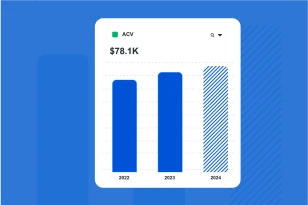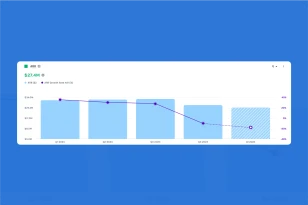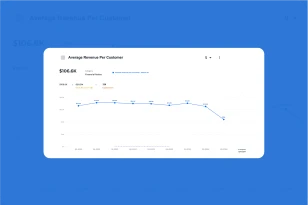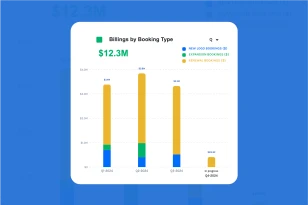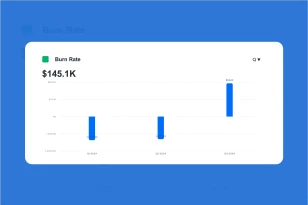What are R&D Expenses as a Percentage of Revenue?
Research and Development (R&D) Expenses as a Percentage of Revenue is a financial metric that reflects the proportion of a company’s total revenue allocated to research and development activities. It provides insight into the level of investment a company is making in innovation and the development of new products or services relative to its overall revenue.
Why is it Important to Measure R&D Expenses as a Percentage of Revenue?
Measuring R&D Expenses as a Percentage of Revenue is important for several reasons:
- Innovation Investment: The metric indicates the company’s commitment to innovation and its willingness to allocate resources to research and development activities. High R&D expenses as a percentage of revenue suggest a strong focus on innovation.
- Competitive Positioning: Companies in certain industries, especially technology and biotechnology, often compete based on innovation. Monitoring R&D expenses as a percentage of revenue helps assess a company’s competitive positioning in terms of its investment in new technologies or products.
- Future Growth: R&D is often linked to future growth potential. A higher percentage may indicate that the company is actively investing in developing new products or services that can contribute to revenue growth in the future.
- Industry Benchmarking: Comparing R&D expenses as a percentage of revenue to industry benchmarks provides context. Different industries may have varying norms for R&D investment, and this comparison helps assess whether a company is in line with industry standards.
How Do you Calculate R&D Expenses as a Percentage of Revenue?
The formula for calculating R&D Expenses as a Percentage of Revenue is:
R&D Expenses as a Percentage of Revenue
R&D Expenses / Total Revenues * 100
For example, if a company has $5 million in R&D expenses and generates $100 million in total revenue, the R&D Expenses % of Revenue would be 5%.
It’s important to note that R&D expenses include costs associated with developing new products, improving existing products, and conducting research activities.
How To Manage R&D Expenses as a Percentage of Revenue?
Managing R&D Expenses as a Percentage of Revenue involves balancing the need for innovation with financial sustainability. Here are key approaches:
- Strategic Planning: Align R&D activities with the company’s overall strategic goals. Focus on projects that are directly tied to the company’s mission and contribute to its long-term vision.
- Risk Assessment: Evaluate the risk and potential return on investment for each R&D project. Prioritize projects with a higher likelihood of success and those that align with market trends and customer needs.
- Project Phasing: Implement project phasing to manage cash flow and expenses. Break down larger R&D projects into manageable phases, with funding and progress tied to specific milestones.
- Continuous Monitoring: Regularly monitor the progress and results of R&D projects. Adjust strategies based on performance data and insights gained during the development process.
- Customer Feedback: Involve customers in the R&D process by seeking feedback on prototypes or proposed innovations. Customer input can help prioritize features and ensure that R&D efforts align with market needs.
By adopting these strategies, businesses can effectively manage their R&D expenses as a percentage of revenue, balancing the pursuit of innovation with financial responsibility. Regular evaluation and adaptation based on project performance contribute to sustainable R&D practices over time.

